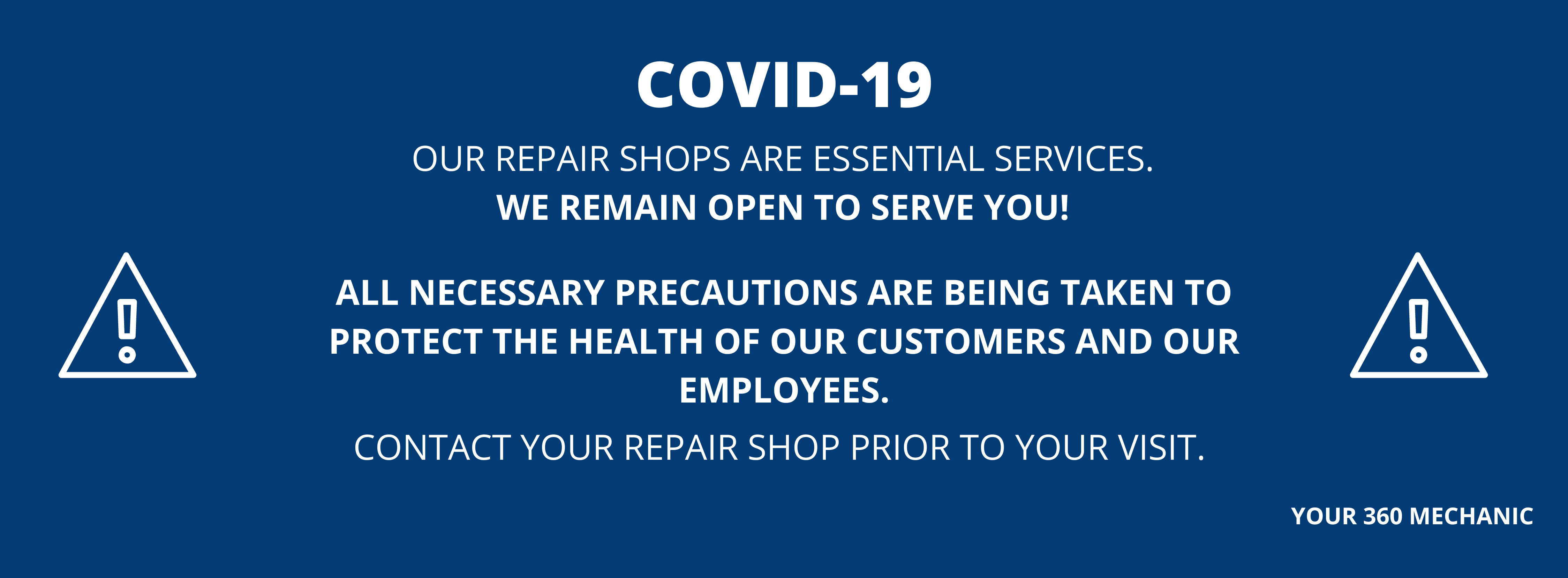How to Adapt Your Driving for Winter?
During the cold season, road conditions vary and are constantly changing: blizzards, heavy snowfalls, freezing rain and drizzle, strong winds, cold snaps, black ice, etc.
With conditions like these, even the most experienced and attentive drivers can be caught off guard!
It is therefore essential to adapt your driving to the season.
Here are 10 tips from your Certified Auto Repair experts:
1) Check the Weather: plan your travel in advance as much as possible and check the weather before taking the wheel.
Http://www.weatheroffice.gc.ca/canada_e.html
2) Clear Your Vehicle of Snow and Ice: make sure the hood, windows, roof, headlights and side lights are all cleared of snow and ice buildup. De-ice the windows and make sure interior fog is cleared away.
The accumulation of snow and ice on your vehicle can be dangerous for drivers behind you. It could reduce their visibility and cause accidents. Furthermore, sheets of ice flying off the roof of a moving vehicle can be a serious danger to pedestrians.
3) Do Not Rush: plan more time for your trips during the winter season.
Avoid passing other vehicles if weather conditions are not good.
4) Be Alert: Drivers being caught by surprise presents the greatest risk for skidding. Be very attentive on the road and try to see as far ahead as possible.
5) Be Confident: Practice in a large, open, empty parking lot if necessary. Performing some braking, turning or skidding on snow-covered or ice-covered terrain could better prepare you for winter road conditions.
You can also consider taking a winter driving course.
6) Have a Light Foot: It is essential to go slowly with the gas pedal in winter. The tires of a vehicle running at low speed adhere better to the road. Excessive speed is the main cause of collisions in winter. Slow down before turning.
7) Be Gentle: Avoid sudden maneuvers on a slippery road at all costs. These maneuvers are likely to cause you to lose control and skid.
8) Keep a Safe Braking Distance: A greater distance between you and the vehicle ahead will allow you to make the best decisions in case of an emergency. We strongly suggest a distance equivalent to a six-second reaction time (in summer, the general rule is 3 seconds).
The stopping distance is much longer on snowy roads as compared to dry pavement.
9) Control Slippage: Learn to go against your natural instinct.
In case of skidding, you must steer the steering wheel in the direction of the skid and accelerate. By doing this, you will transfer the weight from the front to the back of the vehicle, which will allow you to regain control of your car.
If your vehicle is equipped with an anti-lock braking system (ABS), do not brake in small successive shots. Instead, depress the brake pedal and let the system do its job.
IMPORTANT: Not all vehicles behave the same way on slippery roads. Read the owner’s manual to learn more about your vehicle’s braking system and its type of traction (rear-wheel drive, front-wheel drive or all-wheel drive).
10) Forget the Cruise Control: On a snowy, icy or even wet road, this feature could make you lose control of your vehicle.
Put these tips into practice now and be careful!
Sources:
https://www.caaquebec.com/fr/storage/trucs-et-conseils/conseils-de-conduite-hivernale/
https://canadasafetycouncil.org/fr/securite-routiere/conseil-pour-la-conduite-en-hiver
https://www.meteomedia.com/nouvelles/articles/les-dangers-de-la-route-en-hiver/75515
